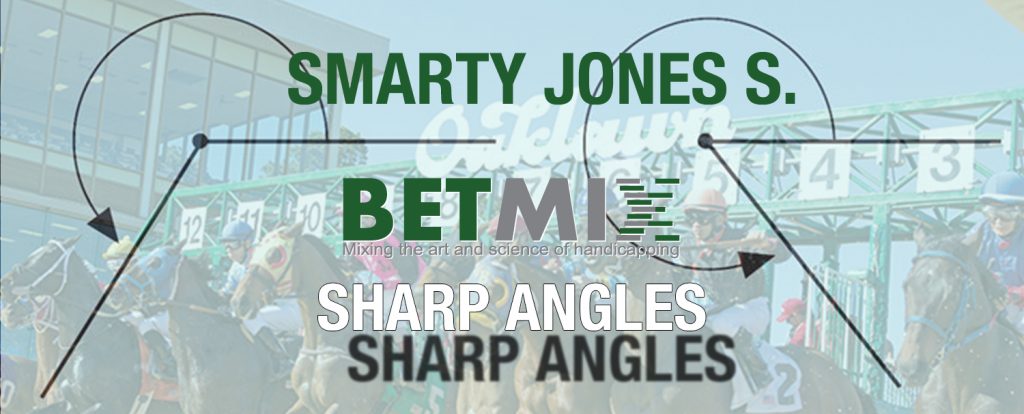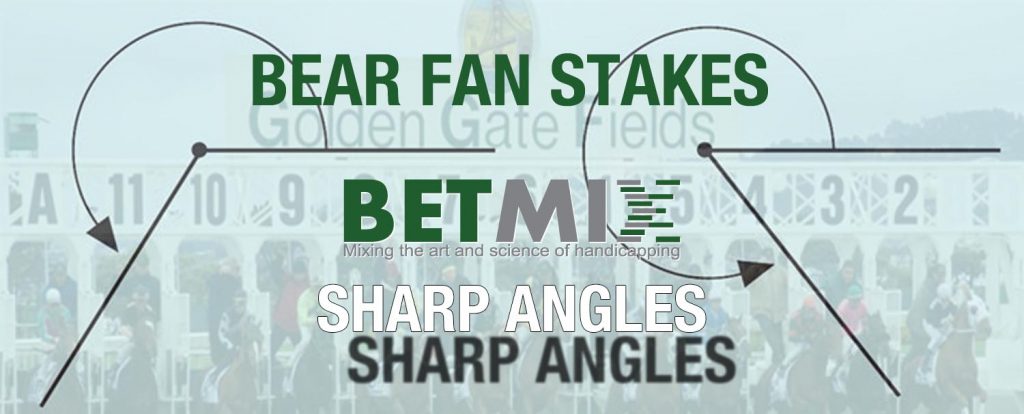December 13, 2021 | By Jeremy Plonk/www.horseplayernow.com
Originally published on www.xpressbet.com
Welcome to a continuing handicapping series for our Monday blog space, “Monday Myths.” Each week I’ll use the power of the Betmix database to take common handicapping assumptions and either support or dispel them with data. Betmix data powers the 1/ST BET app and its features like Angler and Birddog give data-minded horseplayers a treasure trove of information in which to query your own curiosities.
Assumption:
New York runners have the Gulfstream Park advantage as the snow birds head south for winter.
Background:
December’s shift from north to south makes Gulfstream Park the place to be not only for the Floridians, but New York and Kentucky shippers as well. Most horseplayers consider the NYRA runners the class of the snowbirds and stronger than the year-‘round locals in South Florida. Let’s put the numbers against that.
Data Points:
I dialed up the Betmix database for December results at Gulfstream Park to see where the early season winners came from. Once we get into the New Year, the majority of starters will already have relocated and had a start locally. The early season barometer will be looked at not only for which circuits horses came from, but also at the various class levels to assess strength. I used the past 3 years (2018, 2019, 2020 and opening week of the 2021 Championship Meet). For NYRA shippers, they are horses who last raced at Aqueduct, Belmont or Saratoga; Kentucky shippers last raced at Churchill, Keeneland, Turfway, Kentucky Downs or Ellis Park; Florida locals last raced at Gulfstream or Gulfstream West.
//
In all races, NYRA shippers won 17.5% with an $0.88 ROI at Gulfstream Park in December since 2018.
In all races, Kentucky shippers won 18.1% with an $1.08 ROI at Gulfstream Park in December since 2018.
In all races, Florida locals won 10.0% with an $0.73 ROI at Gulfstream Park in December since 2018.
//
In maiden claimers, NYRA shippers won 18.2% with an $0.84 ROI at Gulfstream Park in December since 2018.
In maiden claimers, Kentucky shippers won 27.2% with an $1.55 ROI at Gulfstream Park in December since 2018.
In maiden claimers, Florida locals won 9.6% with an $0.80 ROI at Gulfstream Park in December since 2018.
//
In maiden special weights, NYRA shippers won 19.5% with an $1.16 ROI at Gulfstream Park in December since 2018.
In maiden special weights, Kentucky shippers won 17.8% with an $0.89 ROI at Gulfstream Park in December since 2018.
In maiden special weights, Florida locals won 6.2% with an $0.52 ROI at Gulfstream Park in December since 2018.
//
In claiming races, NYRA shippers won 15.4% with an $0.78 ROI at Gulfstream Park in December since 2018.
In claiming races, Kentucky shippers won 13.8% with an $0.55 ROI at Gulfstream Park in December since 2018.
In claiming races, Florida locals won 11.4% with an $0.73 ROI at Gulfstream Park in December since 2018.
//
In allowance races, NYRA shippers won 21.2% with an $0.81 ROI at Gulfstream Park in December since 2018.
In allowance races, Kentucky shippers won 17.9% with an $0.73 ROI at Gulfstream Park in December since 2018.
In allowance races, Florida locals won 10.1% with an $0.69 ROI at Gulfstream Park in December since 2018.
//
In stakes races, NYRA shippers won 14.2% with an $0.84 ROI at Gulfstream Park in December since 2018.
In stakes races, Kentucky shippers won 15.3% with an $1.49 ROI at Gulfstream Park in December since 2018.
In stakes races, Florida locals won 5.4% with an $0.39 ROI at Gulfstream Park in December since 2018.
Overall Findings:
The NY and KY raiders won at a higher percentage than the locals at every class level in our study with gaps anywhere from 2-17%. The Florida locals were most competitive in the claiming ranks. NYRA shippers rated best in 4 of the 6 class categories, while Kentucky led 2 – but Kentucky had the best win rate overall blended among the classes, thanks to total dominance in the maiden claiming ranks.
Bottom line:
The snowbirds absolutely have the edge, but it’s Kentucky on equal or better footing overall than NYRA when it comes to December at Gulfstream.
You can go into Betmix and run your own queries for a deeper dive into this theory and any that you can create. For instance, see which trainers have had the most snowbird success this time of year at Gulfstream.




